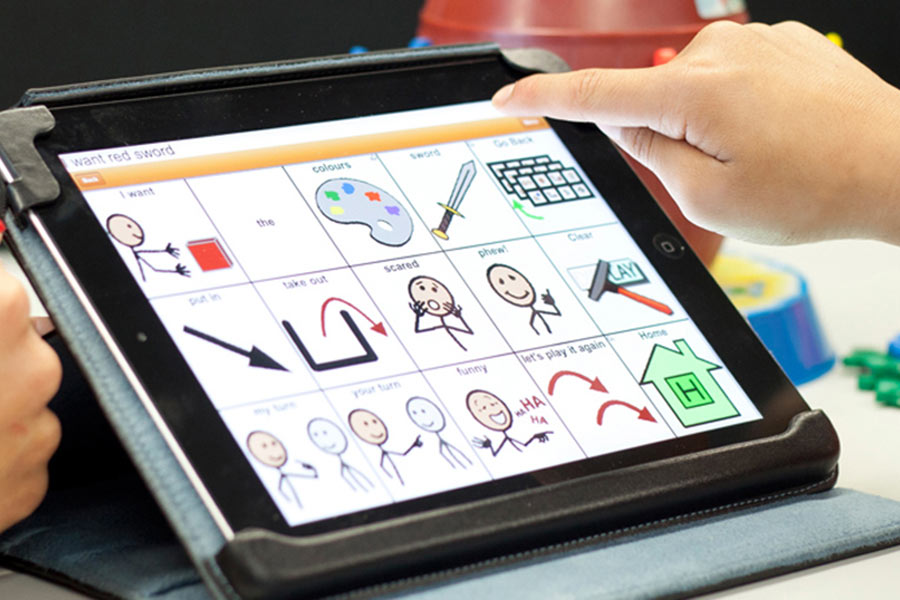The idea of physical accessibility isn’t something we are unfamiliar with; we’re all used to the ramps and special parking spaces that inhabit the front of most buildings, a concept known as Universal Design (better outlined here), but what about intellectual accessibility? Something as simple as communicating what you want to eat? How you’re feeling? A great number of people suffer from a number of afflictions, such as Autism Spectrum Disorder, or various other physical and developmental disabilities that inhibit their ability to verbalize their desires or feelings, and rely on alternative communication devices to get their thoughts out into the world.
Here is a video showing one example of accessible communication, signage within the home. While decidedly simple to execute and absolutely an affordable communication technique, what about outside the home?
https://youtu.be/d3GHkA2FfYE
Meryl Alper’s article focused on the accessibility of these technologies being out of reach for many that could greatly benefit from them and even compared two similar devices from tech company Texas Instruments (we know mostly for our graphing calculators) produced in the late 1970’s and early 1980’s: the former designed as a children’s toy, the latter as an adaptive device. The adaptive device retailed for almost four times what the toy did, which meant many couldn’t afford the device and therefore were limited to other means of communication. Over time, the technology behind adaptive communication hasn’t changed much, yet still remains expensive and mainly uncovered by insurance plans; an iPad is not an essential service or device in the way a wheelchair or cardiologist is. I disagree though, because is not communication essential for life? To a non-verbal person, something as simple as sharing their favorite color can be impossible without alternative forms of communication. Pointing or gesturing can work for simple matters, but anything complex requires more communication.
These financial barriers only add to the burdens of persons with no or limited physical speech, creating more obstacles between them and a normal life. Alper shares that not only are the devices uncovered and financially out of reach for many, the apps that are used to communicate are an additional purchase, often several hundreds of dollars- also uncovered by insurance plans.
The inequality of disability mounts higher and higher with the weight of financial limitations that millions face in day to day life as it is just to keep a roof over their heads and food on the table. The idea of spending $1,000 on a communication device becomes a laughable thought due to its non-reality; despite the help it could provide.
